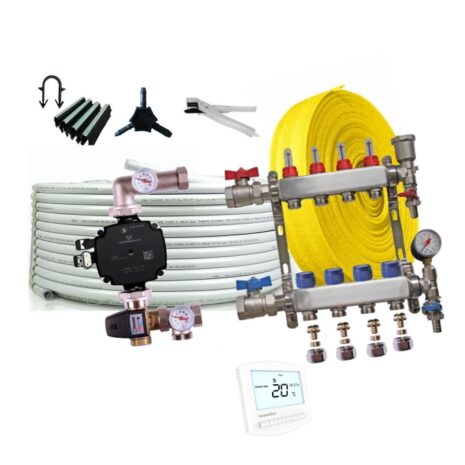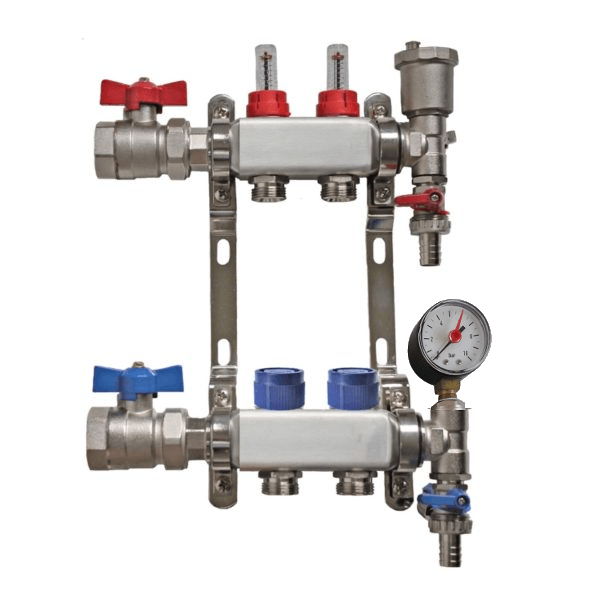Free Quotation
Send us your plans &
hear back within 24hrs
VPS Trade Customers
We support a growing network of
installers across the United Kingdom.
Featured Products
How Does Underfloor Heating Work?
Underfloor heating, or UFH, utilises radiant heat technology. An efficient approach which warms people and objects from the ground up. This can be up to 30% more efficient when compared to traditional radiators.
The two different types of UFH – wet (hydronic) and electric. A wet system carries hot water through pipes to distribute heat across the room. An electric system utilises electric mats or cables, connected to your mains electricity supply.
The best solution for your home may vary depending on your project. Get in contact with our knowledgeable staff and let us guide you through the process.
Radiant Heat
The entire floor surface is uniformly heated. Even and efficient distribution of warmth, resulting in a comfortable and consistent level of heat.

Convection Heat
Radiators heat specific areas within a space. This leads to an uneven distribution of warmth. The temperatures throughout the room vary as a result.

Main Benefits of Underfloor Heating
UFH offers a range of compelling benefits that make it an ideal choice for all home types.
Underfloor heating ensures even heat distribution throughout a room, minimises heat loss and maximises comfort. It is a cost-effective and eco-friendly option. At VPS we provide top-quality underfloor heating solutions tailored to your needs. Create a warm and cosy environment in your home.
Quote within 24hrs
Creating a custom underfloor heating system is important to ensure efficiency when installed.
Our design experts are dedicated to creating bespoke solutions that integrate with the unique aspects of your space. We analyse various factors such as room size, insulation, and flooring materials. Our team then tailors the underfloor heating design to match your needs.
Our experienced design engineers use CAD software to produce accurate layouts. Heat outputs are calculated based on different floor surface materials and flow rates. With every order, you receive a detailed design including pipe layout and various heat calculations.

Why choose VPS?
Located just outside of Glasgow, our warehouse is well-stocked with a wide array of products & components. This eliminates waiting times, allowing you to complete your projects on schedule. Next-day delivery is available.
We stock and supply high-quality brands and materials. Due to solid ties with our suppliers, we do so at competitive prices.
Underfloor Heating FAQ’s
We’ve answered a few common questions. If you need some advice give us a call.













